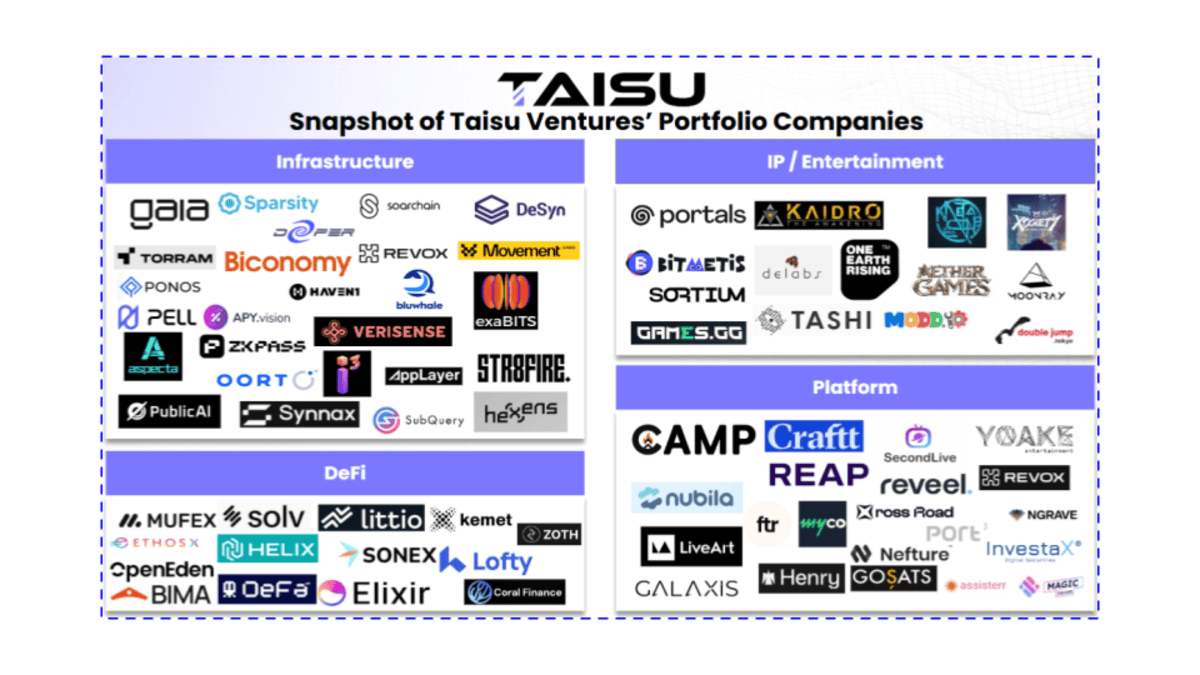A “51% attack” refers to the scenario where an individual or a group of people gain control over more than half of the total mining power of a blockchain network. This control enables them to manipulate the integrity of the blockchain for malicious purposes.
Blockchain technology is built upon the principles of decentralization and trust. It relies on a consensus mechanism to confirm and validate transactions. In most blockchain networks, this consensus mechanism is achieved through a process called mining, where participants known as miners compete to solve complex mathematical problems. Once a miner successfully solves the problem, they add a new block of transactions to the blockchain. The mining process requires significant computational power and energy consumption, making it difficult for any single entity to control the network.
However, if a malicious actor possesses the majority of the hashing or mining power, they can exploit this consensus mechanism and disrupt the integrity of the blockchain. This is known as a “51% attack” because it refers to the attacker having control over more than 50% of the network’s mining power.
With this control, the attacker can manipulate the blockchain in several ways:
What is Changing the Order of Transactions?
By controlling the majority of the mining power, the attacker can reorder the sequence of transactions in the blockchain. This means they can prioritize their own transactions or even exclude specific transactions from being confirmed. This manipulation can lead to a breakdown in the fairness and transparency of the blockchain.
How can transactions be prevented from being confirmed?
With the majority of mining power, the attacker can intentionally slow down the confirmation process or prevent certain transactions from being included in blocks. This can cause significant delays and disruptions in the overall functioning of the blockchain network.
What is engaging in Double Spending?
One of the most concerning aspects of a 51% attack is the potential for double spending. Double spending refers to the ability to spend the same cryptocurrency more than once. In a normal functioning blockchain, once a transaction is confirmed and added to the blockchain, it is considered final and cannot be reversed. However, with a 51% attack, the attacker can reverse their own transactions, allowing them to spend the same coins multiple times.
It’s important to note that a successful 51% attack requires a significant amount of computational power, making it difficult to execute on larger and more secure blockchains. The likelihood of a 51% attack is higher for blockchains with less hashing power, as it is relatively easier for a malicious actor to acquire the majority of computing power required. Conversely, blockchains with a larger number of miners and more resources dedicated to mining are considered safer. The Bitcoin network, for example, is widely acknowledged as the most secure blockchain due to its significant amount of hashing power.
An incident that serves as an example of a 51% attack took place in January 2019 on the Ethereum Classic blockchain, which is an alternative cryptocurrency to Bitcoin. In this attack, the attacker was able to gain control of the majority of the network’s mining power and executed a series of double spending transactions. The attack resulted in the theft of millions of dollars’ worth of Ethereum Classic coins.
Blockchain developers and network participants employ various strategies to mitigate the risk of 51% attacks. These include:
What is the difference between Proof of Work (PoW) and Proof of Stake (PoS)?
Many blockchains, including Bitcoin, use the Proof of Work (PoW) consensus mechanism. PoW requires miners to solve complex mathematical problems to validate transactions and add blocks to the blockchain. As a result, it becomes difficult for a malicious actor to gain control of the network.
Alternatively, some blockchains utilize the Proof of Stake (PoS) consensus mechanism. PoS relies on participants holding a certain number of cryptocurrency units to validate transactions. In PoS, the likelihood of a 51% attack is reduced as it requires an attacker to acquire a significant amount of cryptocurrency to control the network.
What is the impact of increased hashing power on network security?
Blockchain networks can enhance their security by increasing the number of participants and the overall hashing power of the network. This makes it more difficult for a malicious actor to acquire a majority share of the mining power.
How does decentralization and distribution work?
By promoting decentralization and distribution, blockchain networks can reduce the risk of a single point of failure. This means that even if an attacker gains control of one node or mining pool, they would not have control over the entire network.
What are Monitoring and Alert Systems?
Continuous monitoring and alert systems can help detect any unusual activity or sudden shifts in mining power distribution. These systems can trigger an alarm if there are indications of a potential 51% attack, allowing the network participants to take appropriate action.
In conclusion, a 51% attack in blockchain refers to a scenario where an individual or a group of people gain control over more than half of the total mining power of a network, enabling them to manipulate the blockchain for malicious purposes. This attack can disrupt the integrity of the blockchain by changing the order of transactions, preventing transactions from being confirmed, or engaging in double spending. However, various strategies and mechanisms are implemented in blockchain networks to mitigate the risk of 51% attacks and maintain the security and trustworthiness of the technology.














